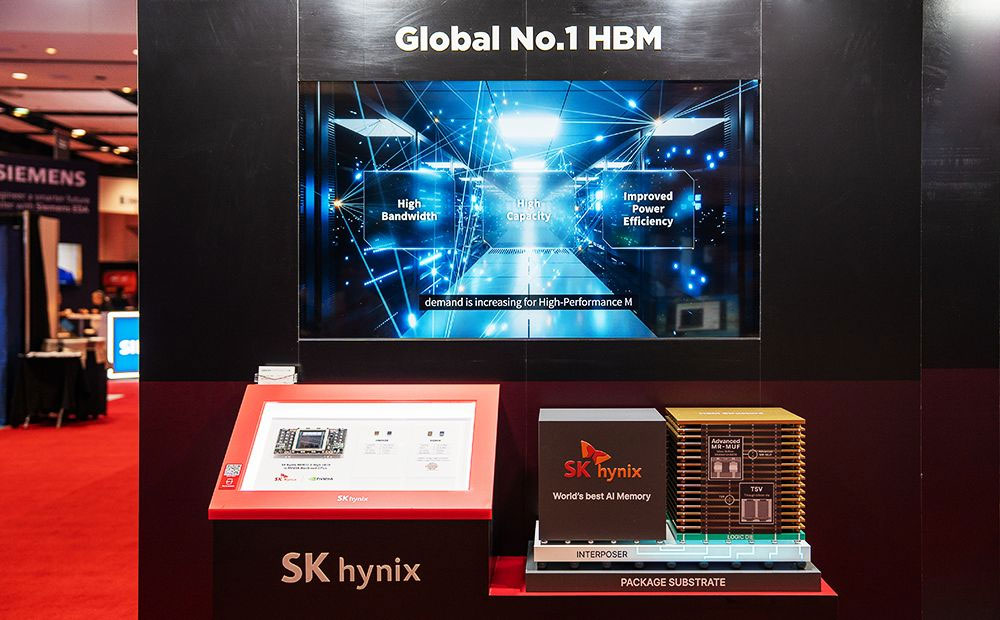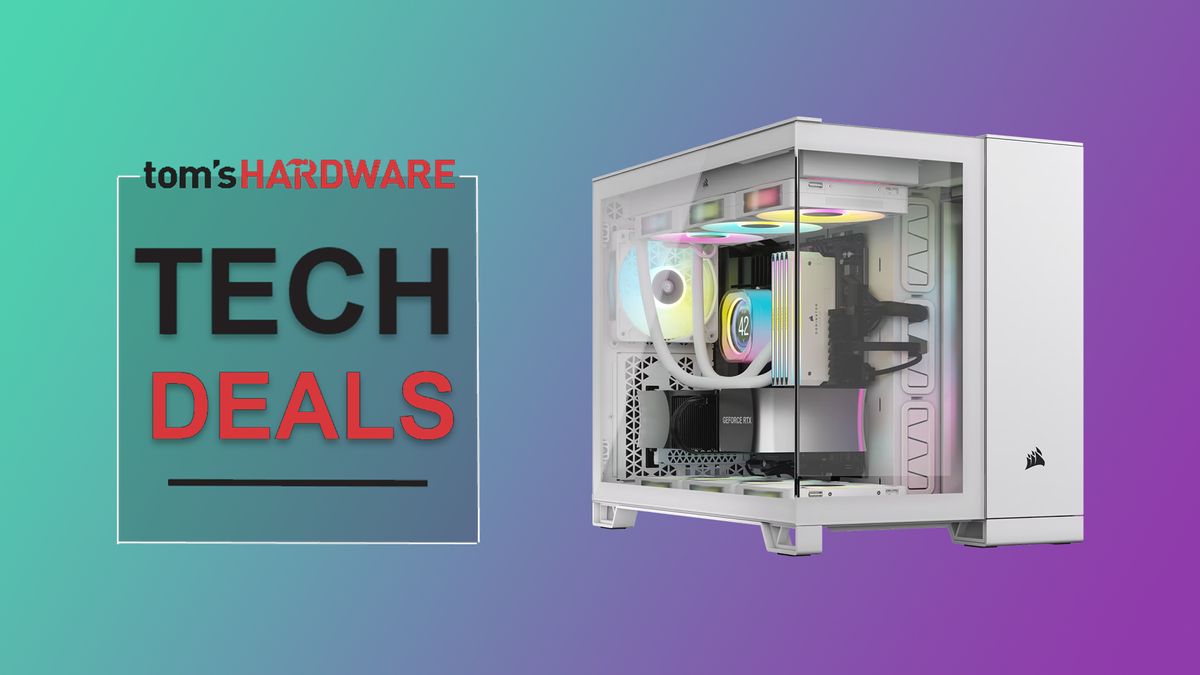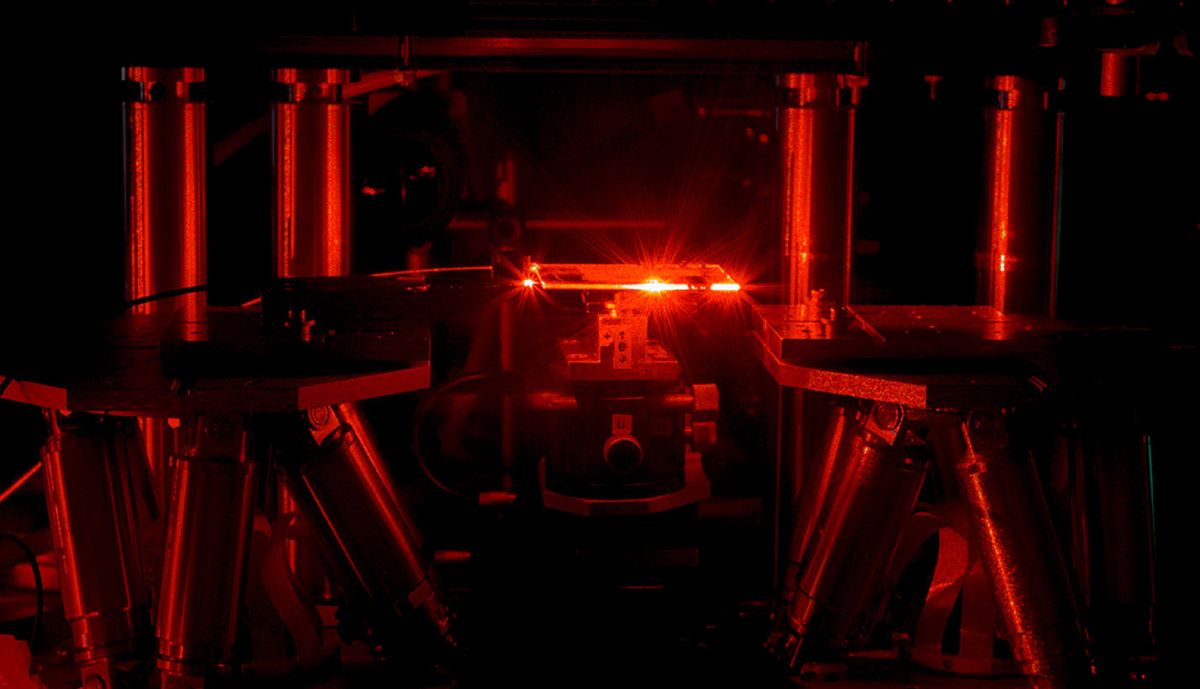Amidst all the theatrics of the ongoing China-U.S. semiconductor wars, SK Hynix—a South Korean giant also affected by tariffs—expects the global market for High Bandwidth Memory (HBM) chips used in artificial intelligence to grow by around 30% a year until 2030, driven by accelerating AI adoption and a shift toward more customized designs. The forecast, shared with Reuters, points to what the company sees as a long-term structural expansion in a sector traditionally treated like a commodity.
HBM is already one of the most sought-after components in AI datacenters, stacking memory dies vertically alongside a “base” logic die to improve performance and efficiency. SK Hynix, which commands the largest share of the HBM market, says demand is “firm and strong,” with capital spending by hyperscalers such as Amazon, Microsoft, and Google likely to be revised upward over time. The company estimates the market for custom HBM alone could be worth tens of billions of dollars by 2030.

Rivals are not standing still. Samsung has cautioned that HBM3E supply may briefly outpace demand, which could pressure prices in the short term. Micron is also scaling up its HBM footprint, and SK Hynix is also exploring alternatives like High Bandwidth Flash (HBF), a NAND-based design promising higher capacity and non-volatile storage—though it remains in early stages and unlikely to displace HBM in the near term.
Geopolitical developments add another layer. U.S. President Donald Trump has announced a 100% tariff on chips imported from countries without U.S.-based manufacturing, but South Korean officials say SK Hynix and Samsung would be exempt due to existing and planned U.S. facilities. SK Hynix is building an advanced packaging plant and AI R&D hub in Indiana, part of a strategy to lock in supply to North American customers while sidestepping trade risks.
The stakes are higher than ever. Market estimates put the total HBM opportunity near $98 billion by 2030, with SK Hynix holding around a 70% share today. The company’s fortunes are tied closely to AI infrastructure spending, and while oversupply, customer concentration, or disruptive memory technologies could slow growth, its current lead in customization and packaging leaves it well-positioned if AI demand continues its upward march. See our HBM roadmaps for Micron, Samsung, and SK Hynix to learn more about what's coming.
Follow Tom's Hardware on Google News to get our up-to-date news, analysis, and reviews in your feeds. Make sure to click the Follow button.

 2 months ago
56
2 months ago
56









 English (US) ·
English (US) ·